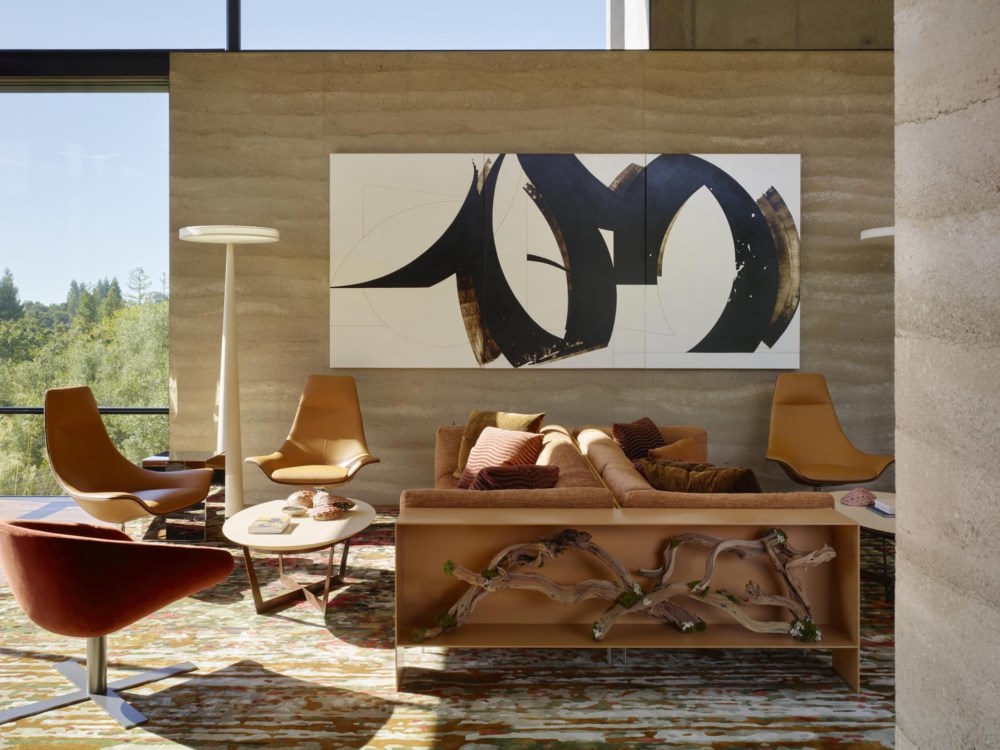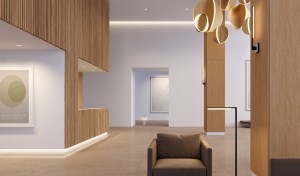Interior design has always reflected cultural shifts, from the opulence of Art Deco to the minimalist and maximalist aesthetics of recent years. But today, a deeper transformation is underway, one that prioritizes sustainability, craftsmanship, and long-term value over fleeting trends. This movement is part of a broader shift toward conscious consumerism, a concept that has gained significant traction over the past two decades as consumers and businesses alike rethink their purchasing habits in the face of environmental and ethical concerns.
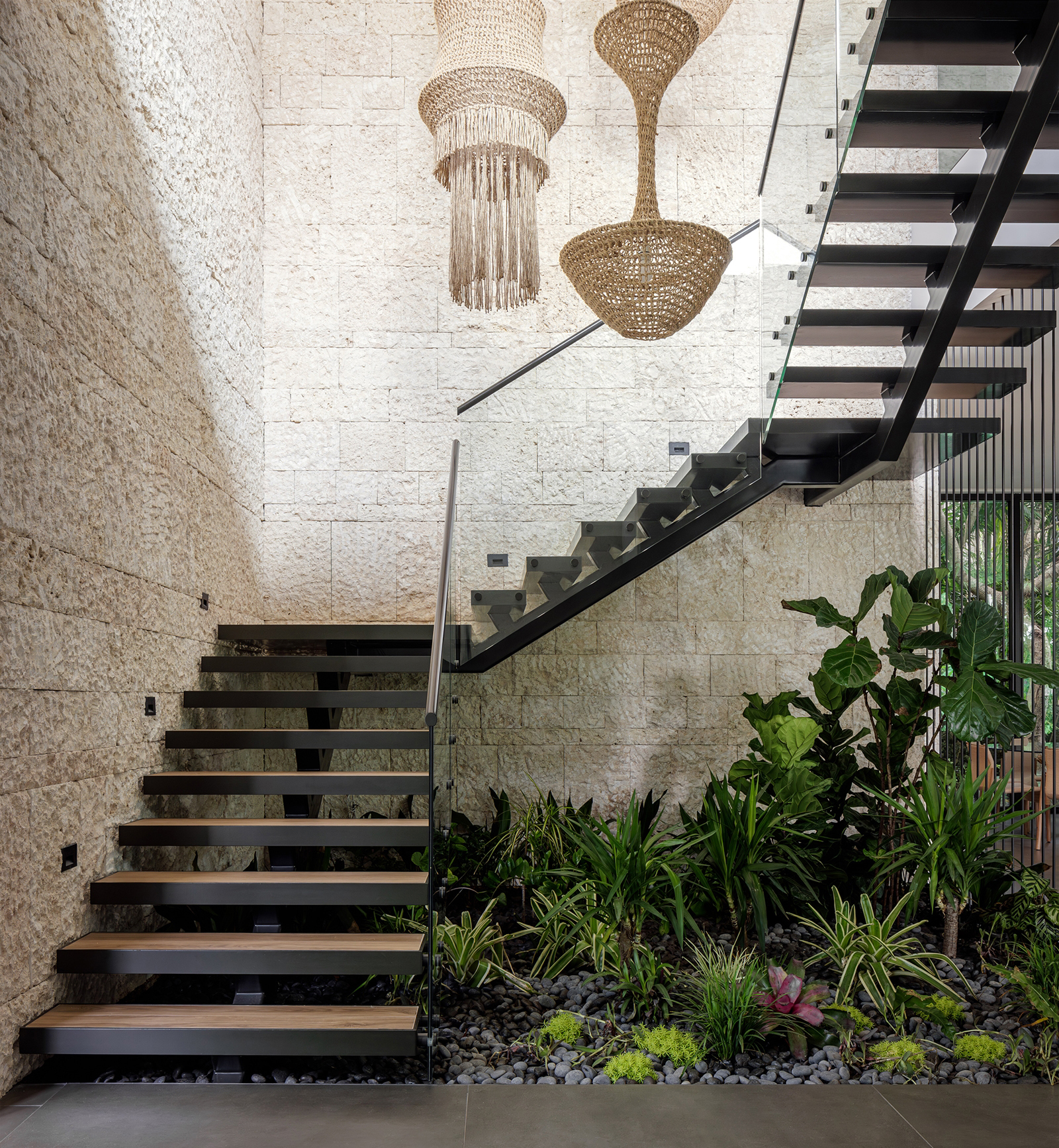 Rock Pine Residence by STRANG - Image Credit: Kris Tamburello
Rock Pine Residence by STRANG - Image Credit: Kris Tamburello
What Is Conscious Consumerism?
Conscious consumerism refers to the practice of making purchasing decisions based on ethical, sustainable, and social impact factors rather than just price or aesthetics. The movement gained momentum in the early 2000s as growing awareness of environmental degradation, fair labor practices, and corporate responsibility shaped consumer behavior. By the 2010s, sustainable fashion, ethical sourcing, and eco-friendly products had become mainstream topics, with industries like food, beauty, and home goods adapting to these evolving values. In interior design, conscious consumerism manifests as a preference for durable, responsibly sourced, and thoughtfully made materials over mass-produced, disposable decor. This shift is not just a passing trend, but a fundamental change in how people approach the spaces they inhabit. Sustainability and longevity are at the forefront of this design philosophy.
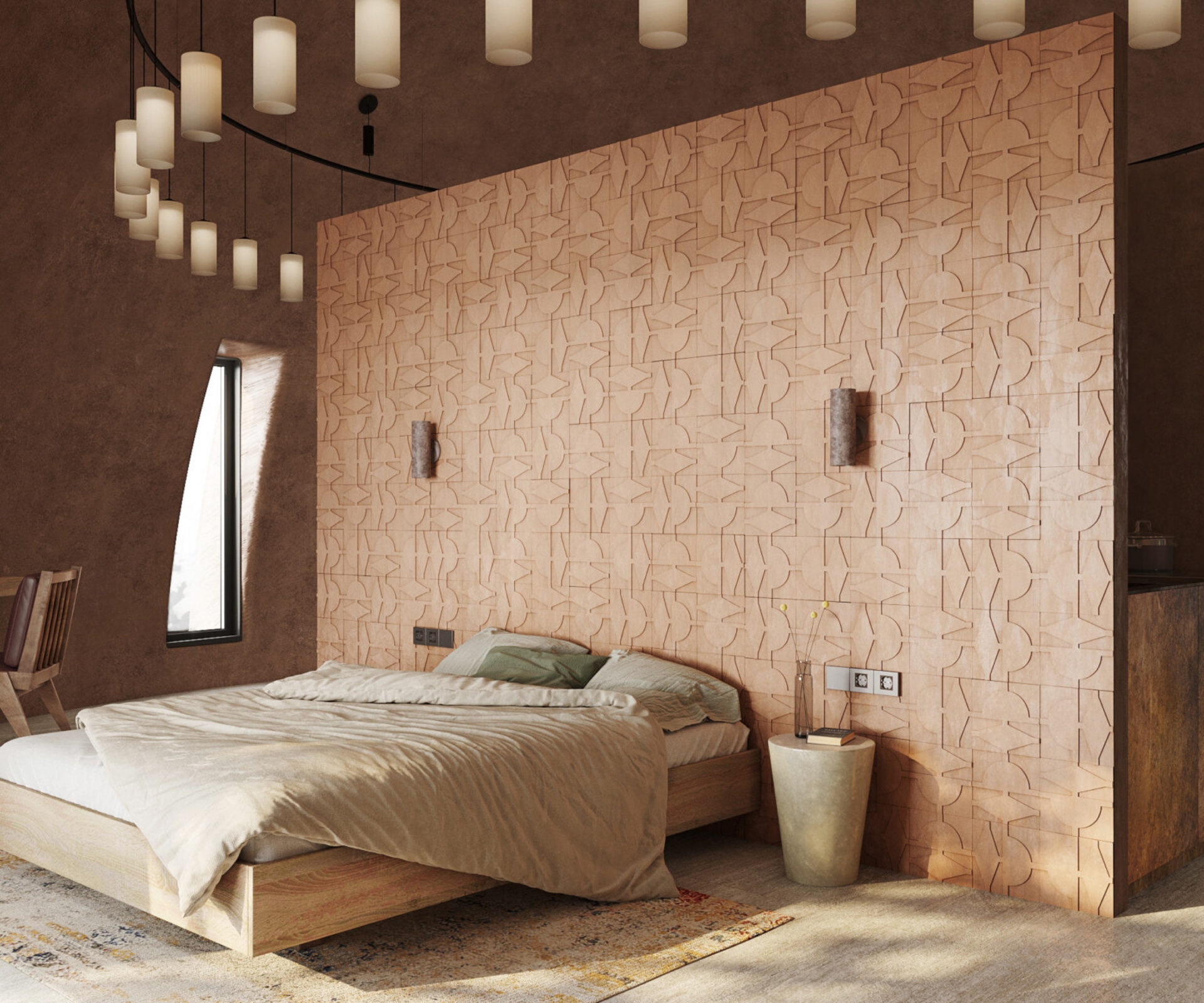 Dome House Terracotta by Puntofilipino - Image Credit: Polina Parcevskya
Dome House Terracotta by Puntofilipino - Image Credit: Polina Parcevskya
A Shift in Client Expectations
For years, interior design was heavily influenced by seasonal trends, with clients eager to incorporate the latest styles from magazines, trade shows, and social media. But now, designers are witnessing a more intentional approach, with clients prioritizing quality and sustainability over rapid style changes.
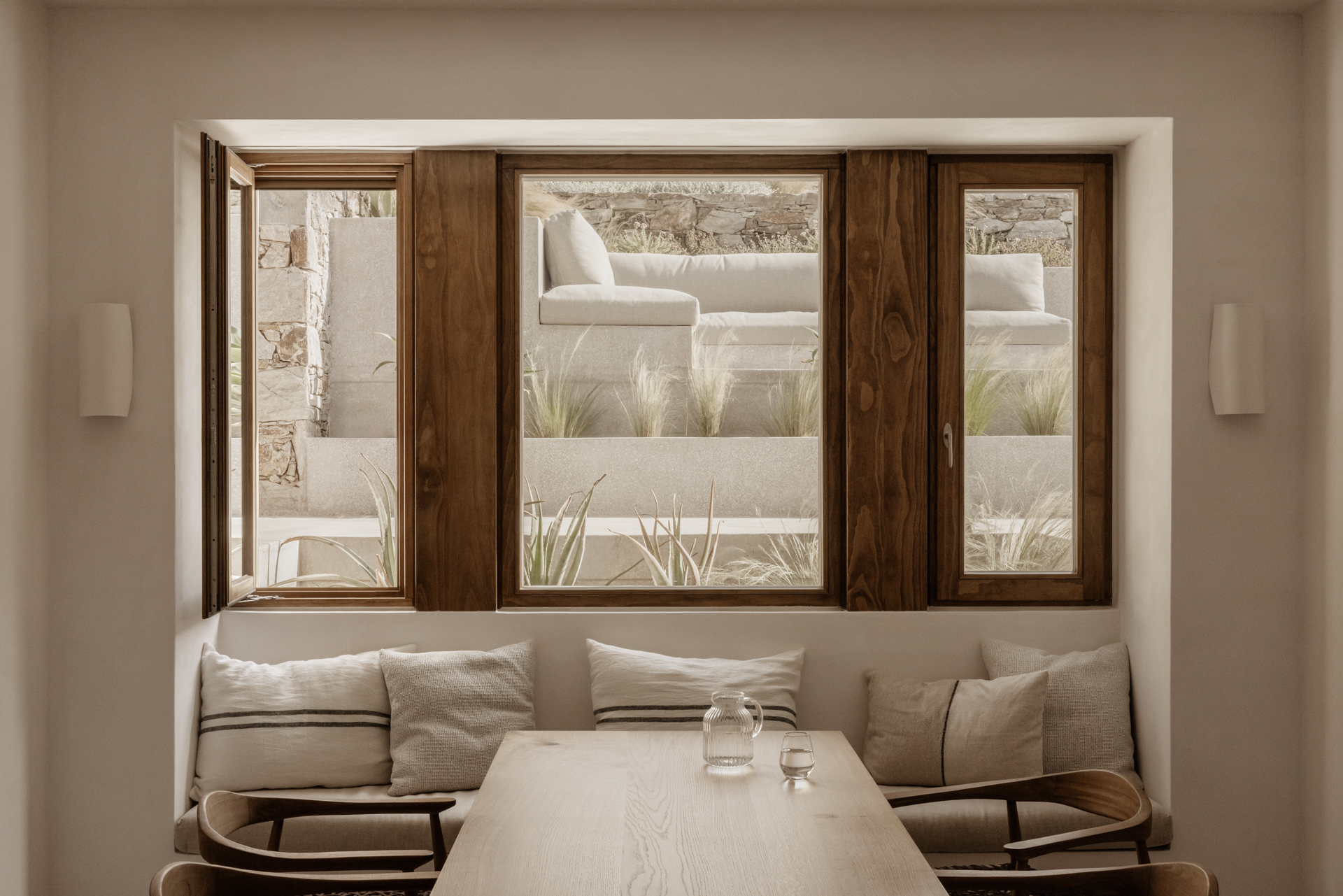 Viglostasi by Block722 - Image Credit: Ana Santl
Viglostasi by Block722 - Image Credit: Ana Santl
“Conscious consumerism is big in the UK, and there’s definitely an emphasis on 'timeless style' rather than 'trendy,' with a focus on sustainability and craftsmanship,” says Naomi Wheeler, a Senior Interior Designer at Nest Build & Design. “There is much less of a demand for mass-produced furniture, as people are looking for more unique, one-of-a-kind pieces. Clients are definitely seeking more curated and unique spaces. Which I love, and I think is here to stay!” This shift reflects a deeper awareness of the impact of consumer choices. Homeowners and businesses are now considering the origins of their materials, the ethics behind production, and the longevity of their purchases.
Sustainability and the Role of Designers
The interior design profession has the ability to influence not only the aesthetics of a space but also its environmental footprint. The built environment is responsible for a significant portion of global waste, making the selection of sustainable materials more critical than ever. Fortunately, designers today have access to an expanding range of eco-conscious materials. Reclaimed wood, rapidly renewable bamboo, and textiles made from recycled fibers are becoming standard choices in many high-end interiors.
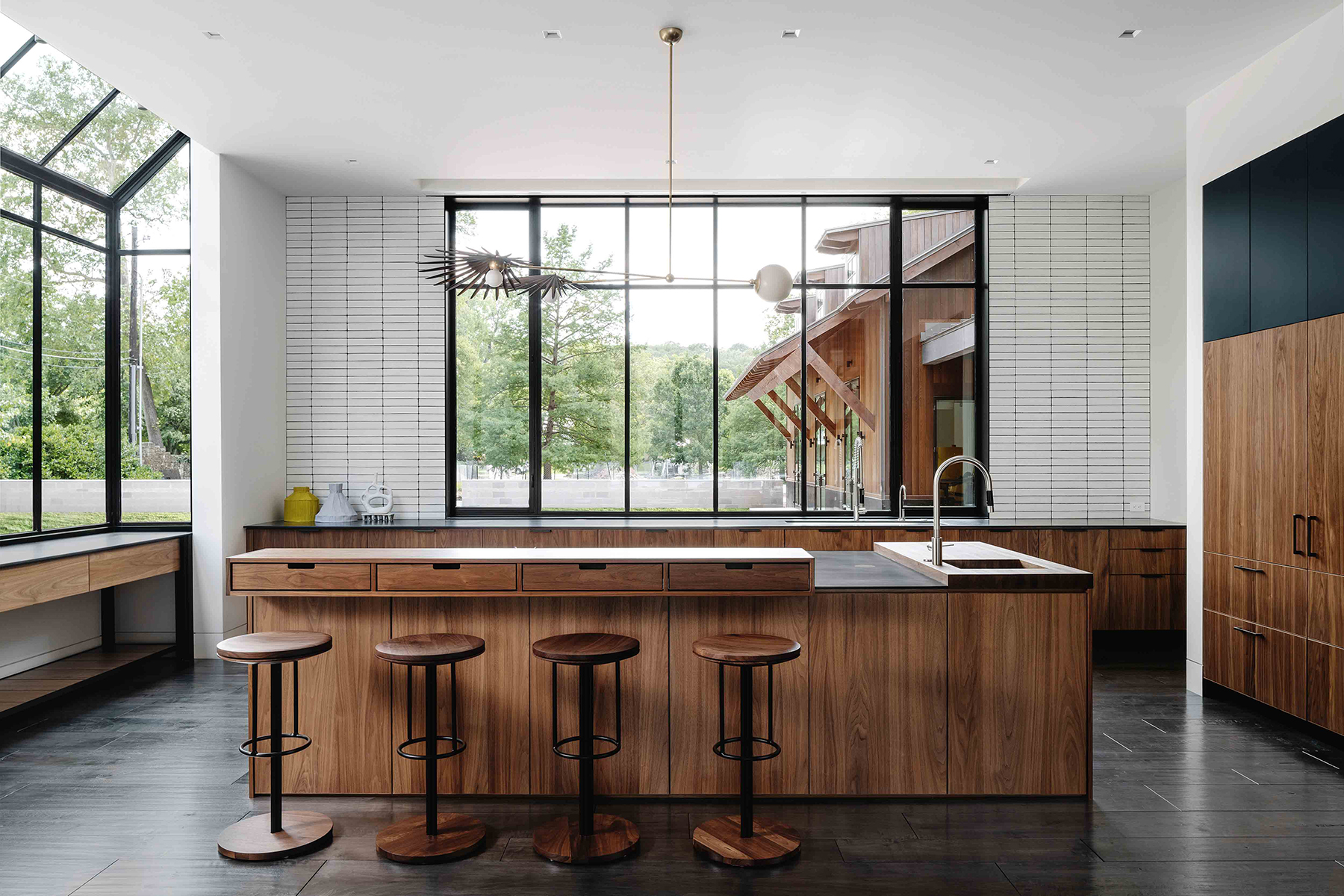 House 001 by Melanie Raines - Image Credit: https://melanieraines.com
House 001 by Melanie Raines - Image Credit: https://melanieraines.com
At the same time, manufacturers are developing innovative materials that balance aesthetics with sustainability, such as mycelium, a bio-based alternative to plastics. By prioritizing these materials, designers can create beautiful, high-quality spaces that align with their clients’ growing demand for responsible and ethical design solutions.
The Appeal of Craftsmanship and Longevity
Another key element of conscious consumerism in interior design is the resurgence of craftsmanship. For decades, mass production dominated the market, offering convenience and affordability. But today’s consumers are looking for something different: furniture and decor with a story, authenticity, and durability. This renewed appreciation for craftsmanship extends beyond furniture. It influences choices in lighting, wall treatments, textiles, and even appliance.
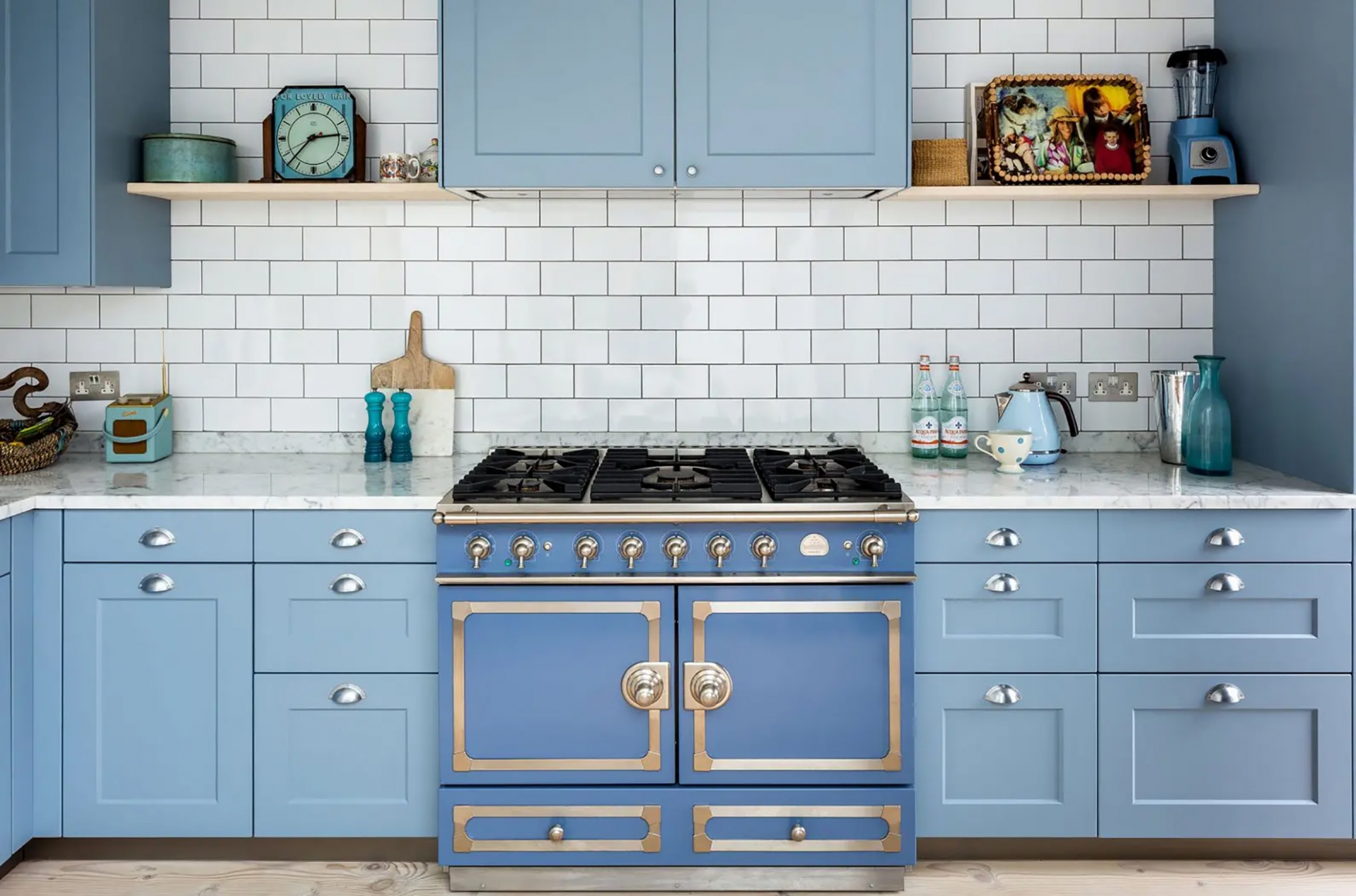 Notting Hill Townhouse by Studio Indigo - Image Credit: Andrew Beasley
Notting Hill Townhouse by Studio Indigo - Image Credit: Andrew Beasley
Handmade ceramics, artisanal woodwork, and locally sourced materials bring a sense of individuality to a space, making it feel more personal and enduring. Designers can can take this as an opportunity to partner with skilled makers and small-scale manufacturers who prioritize quality over quantity. This results in stunning interiors that prioritize both style and sustainability.
Balancing Sustainability with Practicality
While sustainability is a growing priority, practical considerations still play a role in design decisions. Budget constraints, client preferences, and durability all influence material choices. However, sustainability doesn’t necessarily mean sacrificing performance or affordability. For example, engineered wood products can replicate the warmth of solid timber while using fewer raw materials. High-quality, recycled textiles can be just as luxurious as traditional fabrics. The key is to strike a balance by choosing materials that align with both the client’s needs and long-term environmental responsibility.
 House of Earth and Sky by Aidlin Darling Design - Image Credit: Matthew Millman
House of Earth and Sky by Aidlin Darling Design - Image Credit: Matthew Millman
A Future of Thoughtful Design
The rise of conscious consumerism signifies a broader cultural movement toward more intentional and responsible living. Today’s clients are increasingly seeking thoughtfully curated, meaningful spaces that reflect their values, favoring quality and longevity over fleeting aesthetics. This shift means interior designers can take the lead in shaping a more sustainable future. By prioritizing sustainability, craftsmanship, and durability, designers can create spaces that are not only visually striking but also built to have a lasting positive impact. This evolution in design thinking is about redefining the very essence of timeless style and ensuring that the spaces we create today continue to inspire for years to come.
 Swatchbox is a premier sample fulfillment service for building product manufacturers. With proprietary software designed by insiders of the design community, Swatchbox helps manufacturers improve product sales and brand affinity by delivering material samples to the design community with speed, intelligence, and style. Learn more and join Swatchbox at www.swatchbox.com.
Swatchbox is a premier sample fulfillment service for building product manufacturers. With proprietary software designed by insiders of the design community, Swatchbox helps manufacturers improve product sales and brand affinity by delivering material samples to the design community with speed, intelligence, and style. Learn more and join Swatchbox at www.swatchbox.com.



